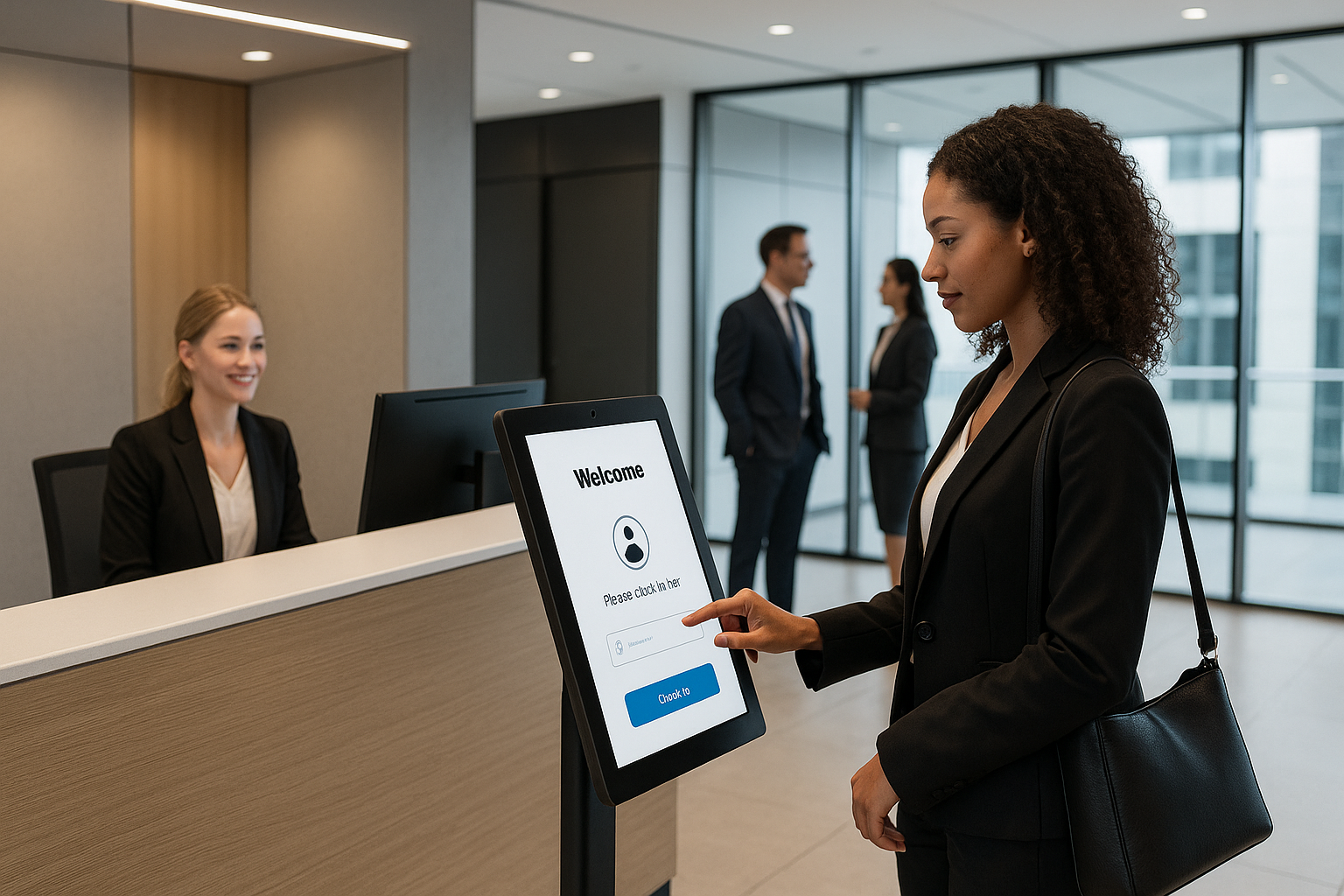
Introduction to Visitor Management Systems
Modern businesses face increasing challenges in ensuring both efficiency and security within their operations. Visitor management systems (VMS) are no longer optional tools but essential components for any organization that welcomes guests, clients, contractors, or employees daily. These systems help streamline the check-in process, create accurate visitor logs, and minimize disruptions while maintaining a secure environment. By adopting a VMS, companies show their commitment to professionalism and safety, building trust with everyone who interacts with their premises.
Traditionally, businesses relied on paper logbooks or manual entry systems to keep track of visitors. While these methods served their purpose in the past, they are prone to errors, inefficiencies, and risks such as data misplacement or unauthorized access. In contrast, modern digital solutions offer real-time data capture, identity verification, and integration with existing security protocols. This transition has become increasingly important as businesses seek better control over access points and compliance with privacy and safety regulations.
Additionally, visitor management systems bring operational benefits that extend beyond just security. They create a more organized workplace environment, help reduce waiting times for guests, and enhance the overall experience of visitors. Companies adopting VMS can focus more on their core activities while resting assured that guest monitoring and access control are seamlessly handled in the background. This combination of convenience and security makes a compelling case for why every business, regardless of size, should consider implementing such a system.
Enhancing Security Through Visitor Management
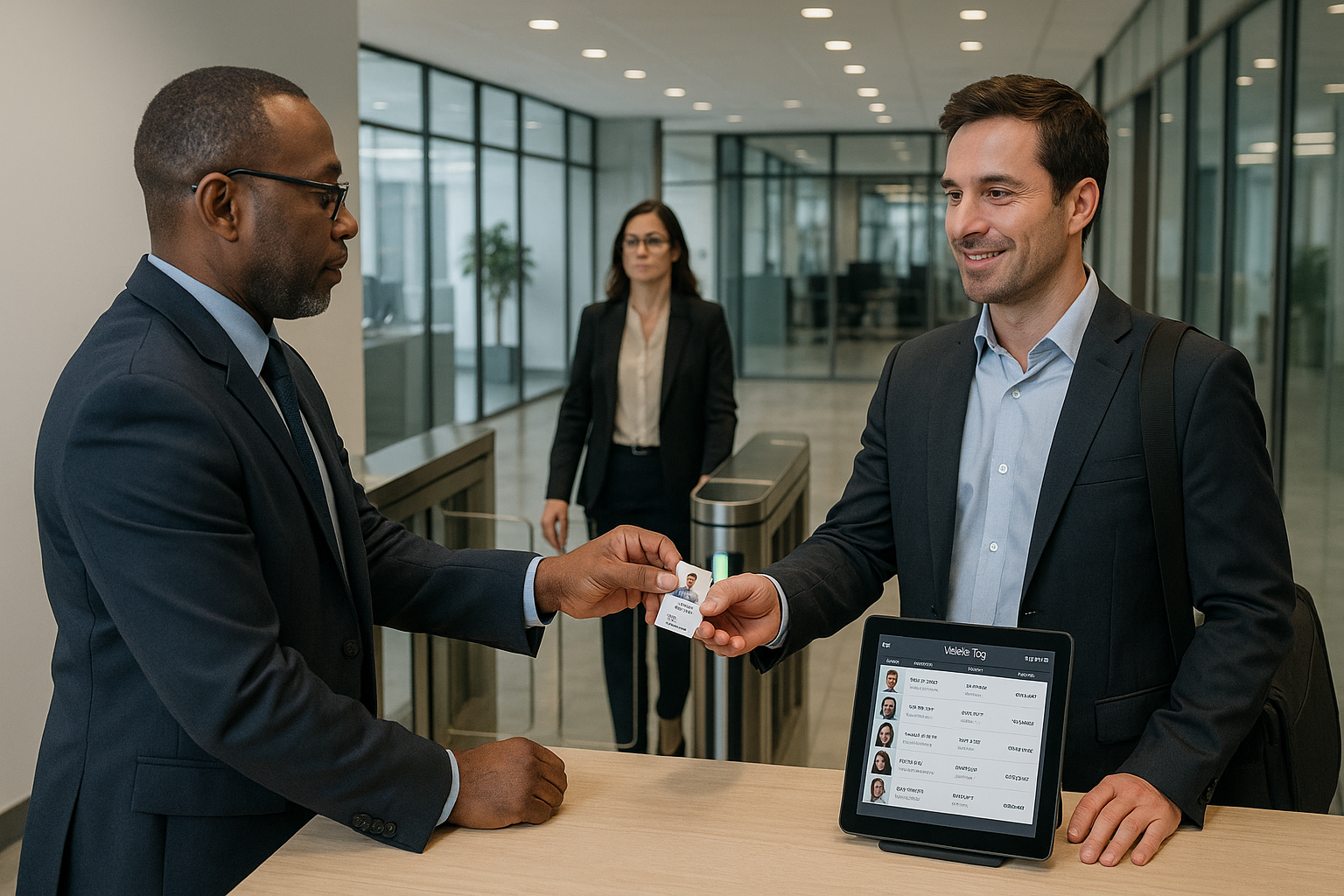
Security has become a central concern for businesses in every sector, from corporate offices to manufacturing plants. A visitor management system ensures that only authorized individuals can access specific areas, reducing the risk of theft, data breaches, or unauthorized entry. By integrating with ID scanners, cameras, and access control systems, VMS provides a multi-layered security approach that strengthens overall safety measures. It creates a real-time record of who is entering and exiting, which can be critical in preventing potential threats.
Unlike manual check-ins, where information can be falsified or skipped, digital systems require verifiable credentials. This ensures accountability and makes it far easier to track and audit visitor activity when needed. In situations where a company must comply with industry-specific regulations, such as healthcare or government requirements, maintaining an accurate and traceable record of visitors is not only a best practice but often a legal necessity. This elevates the role of VMS from convenience to an essential compliance and security tool.
Moreover, in emergency situations, knowing exactly who is inside the premises at a given time can be lifesaving. For instance, during a fire drill, evacuation, or other crisis, security teams can quickly generate a list of all visitors and staff present. This level of visibility allows companies to respond more effectively, ensuring that no one is left behind. Such capabilities demonstrate the broader security advantages that a visitor management system delivers beyond basic sign-in functionality.
Traditionally, businesses relied on paper logbooks or manual entry systems to keep track of visitors. While these methods served their purpose in the past, they are prone to errors, inefficiencies, and risks such as data misplacement or unauthorized access. In contrast, modern digital solutions offer real-time data capture, identity verification, and integration with existing security protocols. This transition has become increasingly important as businesses seek better control over access points and compliance with privacy and safety regulations.
Additionally, visitor management systems bring operational benefits that extend beyond just security. They create a more organized workplace environment, help reduce waiting times for guests, and enhance the overall experience of visitors. Companies adopting VMS can focus more on their core activities while resting assured that guest monitoring and access control are seamlessly handled in the background. This combination of convenience and security makes a compelling case for why every business, regardless of size, should consider implementing such a system.
Streamlining Operations and Efficiency
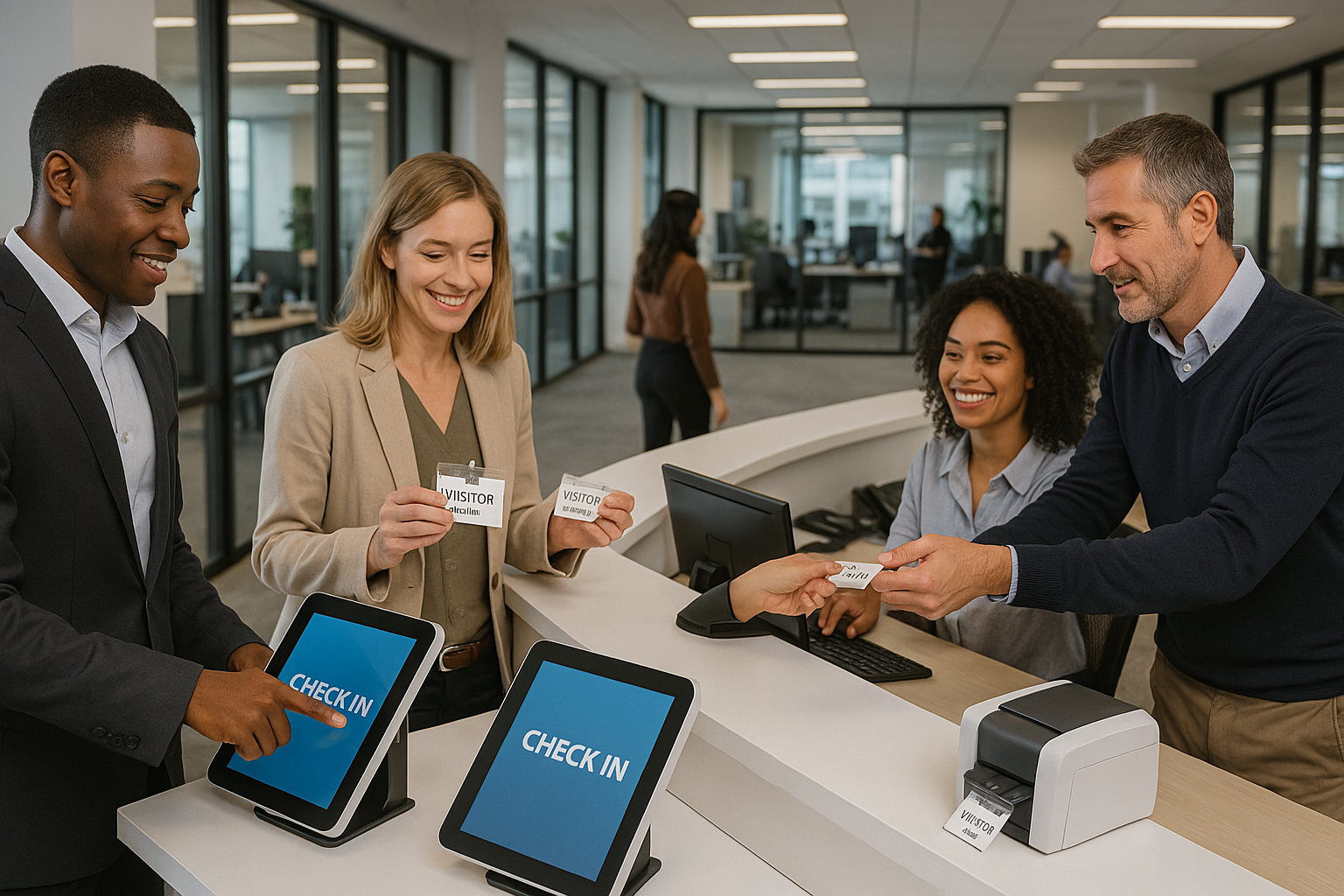
Beyond security, one of the strongest advantages of a visitor management system is its ability to streamline daily operations. Manual processes often lead to delays, bottlenecks, and frustration for both staff and visitors. With a VMS in place, guests can pre-register online, receive digital passes, and check in within seconds upon arrival. This reduces front desk congestion and allows reception staff to focus on higher-value tasks rather than repetitive paperwork.
The automation of visitor data collection also minimizes human error. Handwriting in logbooks can be misread, information might be incomplete, or entries may be misplaced altogether. In contrast, digital systems ensure accurate, legible, and complete records that are stored securely in the cloud. This enhances reliability while also reducing administrative burdens associated with managing visitor data manually. For companies that operate across multiple locations, cloud-based VMS solutions provide centralized visibility and reporting.
Additionally, visitor management systems can integrate seamlessly with other business tools such as meeting room scheduling, employee directories, and communication platforms. For example, hosts can be automatically notified when their guest arrives, or visitor badges can be printed instantly with the correct access permissions. These integrations reduce friction across departments and promote smoother workflows, ultimately contributing to overall productivity and a better visitor experience.
Compliance and Data Privacy
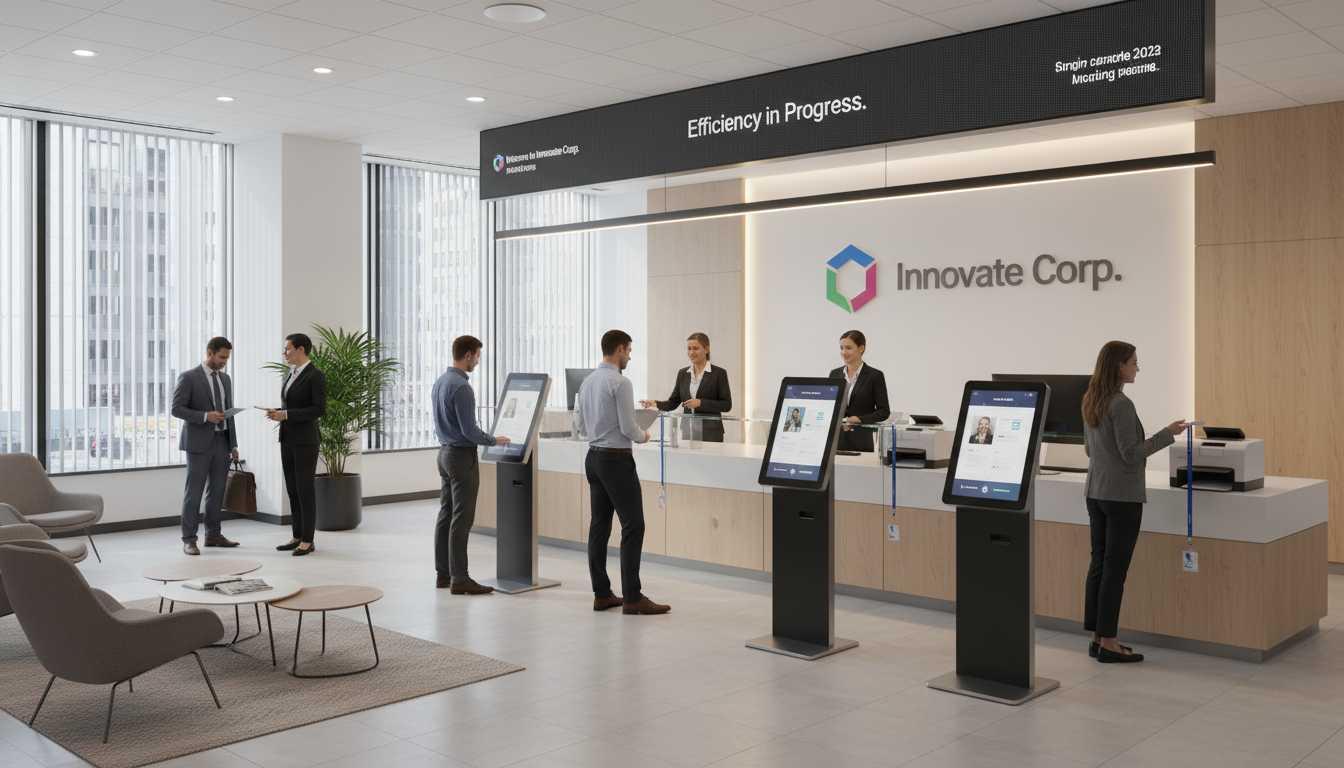
In today’s regulatory landscape, compliance with data protection and privacy laws is critical for businesses. Traditional paper logbooks often expose sensitive information to unauthorized individuals, as visitor names, times, and other personal data are visible to everyone who signs in afterward. A visitor management system prevents this issue by securely storing information in encrypted databases, ensuring only authorized personnel have access. This improves compliance with regulations such as GDPR and HIPAA.
Companies also need to provide audit trails during inspections or legal reviews, and a digital system makes this process significantly easier. Visitor records can be retrieved instantly, complete with timestamps, photos, and signatures if required. This level of detail helps demonstrate compliance while saving organizations valuable time during audits. By proactively managing visitor data through a secure system, businesses not only reduce risks but also demonstrate transparency and accountability to stakeholders.
Furthermore, visitor management systems offer customizable privacy settings to meet the unique requirements of each organization. Whether it is anonymizing visitor logs after a certain period or restricting data access to specific administrators, businesses can align their practices with both internal policies and external legal frameworks. This adaptability ensures that data protection remains a priority while still maintaining operational efficiency.
Creating a Professional First Impression
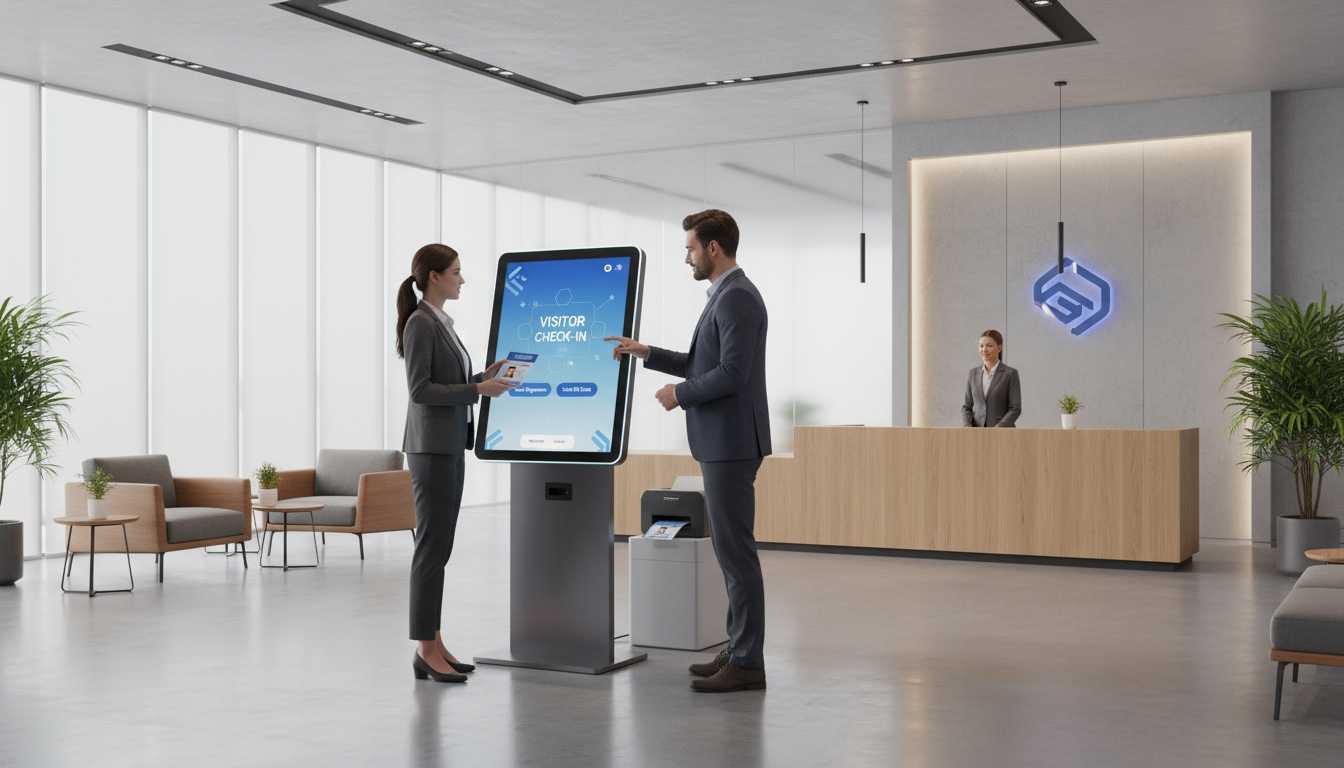
First impressions matter in business, and the check-in process is often the first interaction a visitor has with a company. A visitor management system elevates this experience by offering a seamless, professional, and user-friendly process. Guests are greeted by sleek digital interfaces rather than outdated logbooks, immediately reflecting the company’s commitment to innovation and modern practices.
The speed and simplicity of the system also contribute to a positive experience. Instead of waiting in line to sign a paper sheet, visitors can check in quickly, receive a printed badge, and be directed to their meeting without unnecessary delays. For high-profile clients or partners, this streamlined process can leave a lasting impression of efficiency and respect for their time. It reinforces the perception that the business is forward-thinking and well-organized.
In addition, branded visitor badges or digital passes create a polished and professional look. They help visitors feel welcomed while also giving staff and security teams a clear way to identify authorized individuals. This blend of hospitality and security ensures that guests feel valued while the company maintains control of its premises. In industries where reputation and client relationships are paramount, such attention to detail can be a significant differentiator.
Conclusion: The Future of Visitor Management
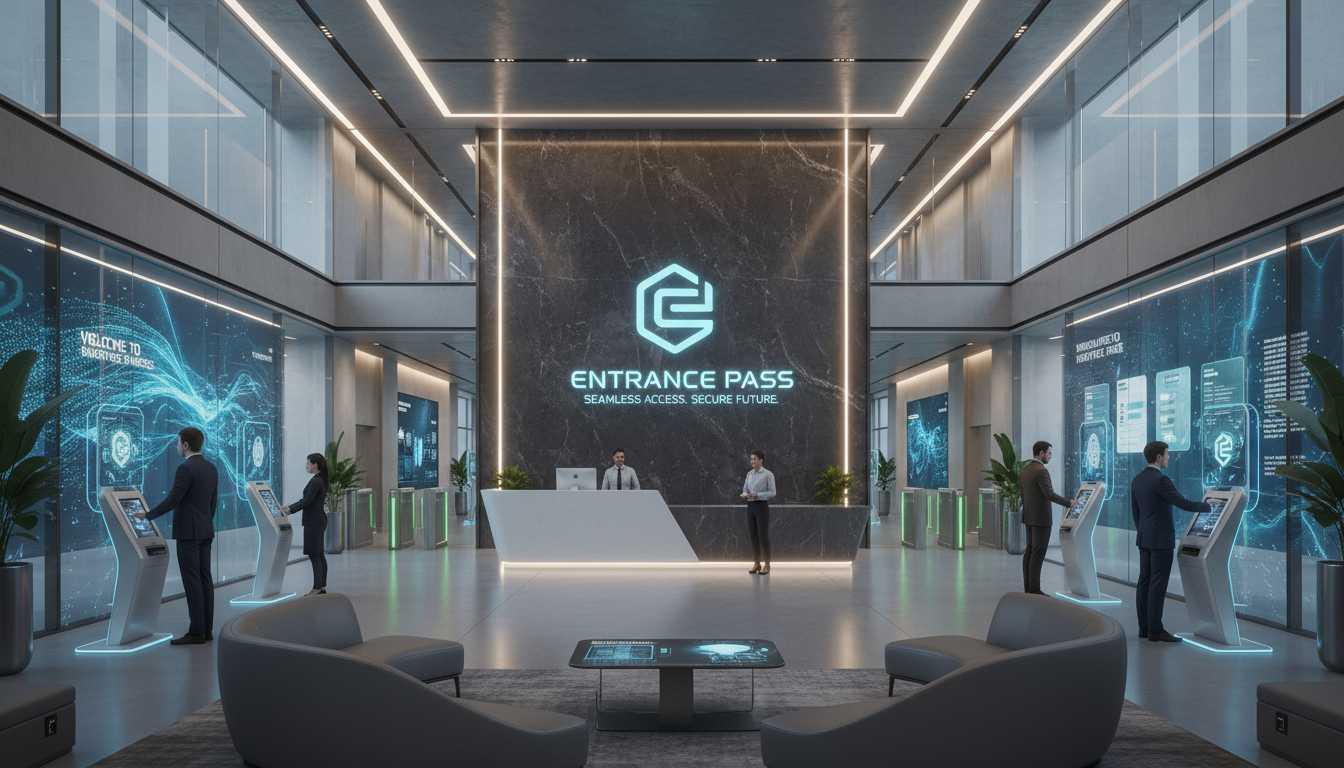
As businesses continue to evolve, the need for advanced visitor management systems will only grow stronger. Security threats, regulatory demands, and the push for more efficient workplaces make it clear that outdated manual methods are no longer sustainable. By embracing modern digital solutions, companies not only safeguard their operations but also position themselves as leaders in innovation and professionalism.
Implementing a visitor management system is not merely a technology upgrade; it is an investment in long-term efficiency, safety, and brand image. The benefits extend beyond day-to-day convenience, touching every aspect of operations from compliance to crisis response. This makes VMS a cornerstone of modern workplace management and an essential tool for organizations of all sizes.
In the future, as technology continues to advance, visitor management systems will likely integrate even more deeply with artificial intelligence, biometric verification, and predictive analytics. Businesses that adopt these solutions early will be better equipped to adapt to evolving challenges while maintaining a secure and welcoming environment for all.
RELATED POSTS

How to Strengthen Office Security with Digital Passes
In today’s fast-evolving workplace environment, traditional visitor logs and paper badges are no longer sufficient to safeguard sensitive spaces. The increasing sophistication of security threats has prompted many organizations to rethink how they manage office...
